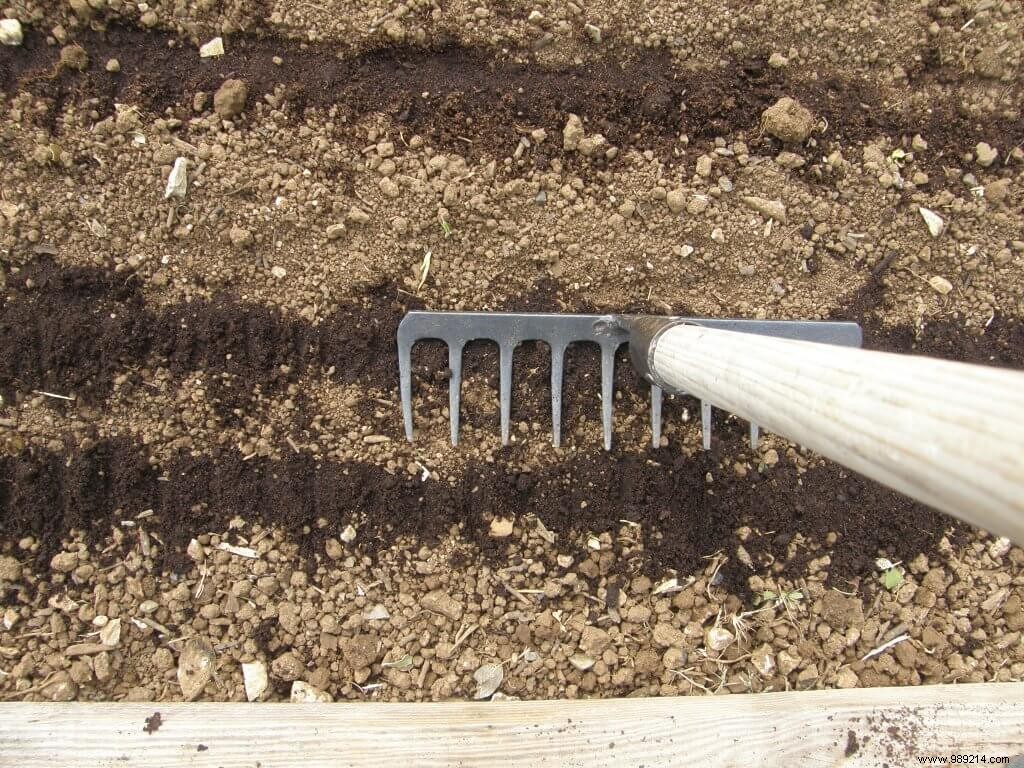10 techniques to put in place in your garden to limit chemical inputs and why not, do without! Let's see the right things to do at the right times.
In the practice of gardening, there are gestures that it is better to know, to avoid inconvenience. For the plant and for the gardener. A planting hole that is too small, a size that is too far from one eye, an unintentional injury, a sowing that is too thick… every gesture in the garden has an impact. Let's make sure that our cultural actions do not cause a possible weakness of the plant, even temporary.
A good gesture is an act done with passion and reflection. One could say "in the rules of the art", but this expression is too reductive. It means that only professionals or very enlightened amateurs could apply the correct techniques. Get started! Try it and you will see, learning by trial and error works well. But it requires good observation throughout the year
It is not enough to know the right gestures in the garden, you still have to do them at the right times. You will notice that "at good times" is plural. There can be several times to practice a gardening act. Which means that there are times when you shouldn't do them! Because it's risky for the plant, it's uncertain as to success, it's probably a waste of time because you'll have to start over...
Each cultural practice has a calendar that is not immutable, fortunately. The place, the progress of the season, the type of plant, its vigor make the technical act more appropriate at one time than at another. Despite everything, nature remains very tolerant... which does not prevent the gardener from putting all his chances on the good side.
This last saying is applied for the pruning of the vine, but can be exported for any pruning at the end of winter. Too advanced pruning, and the new shoots that appear, risk being scorched by a frost at the end of winter.
1. the plant adapted to its environment
2. Biodiversity
3. soil fertility
4. Irrigation management
5. mulching
6. Managing invasive plants
7. the right gestures at the right times
8. The right tool, adapted, maintained
9. Companion plants
10. Crop rotation:2 years of vacation!
Conclusion
